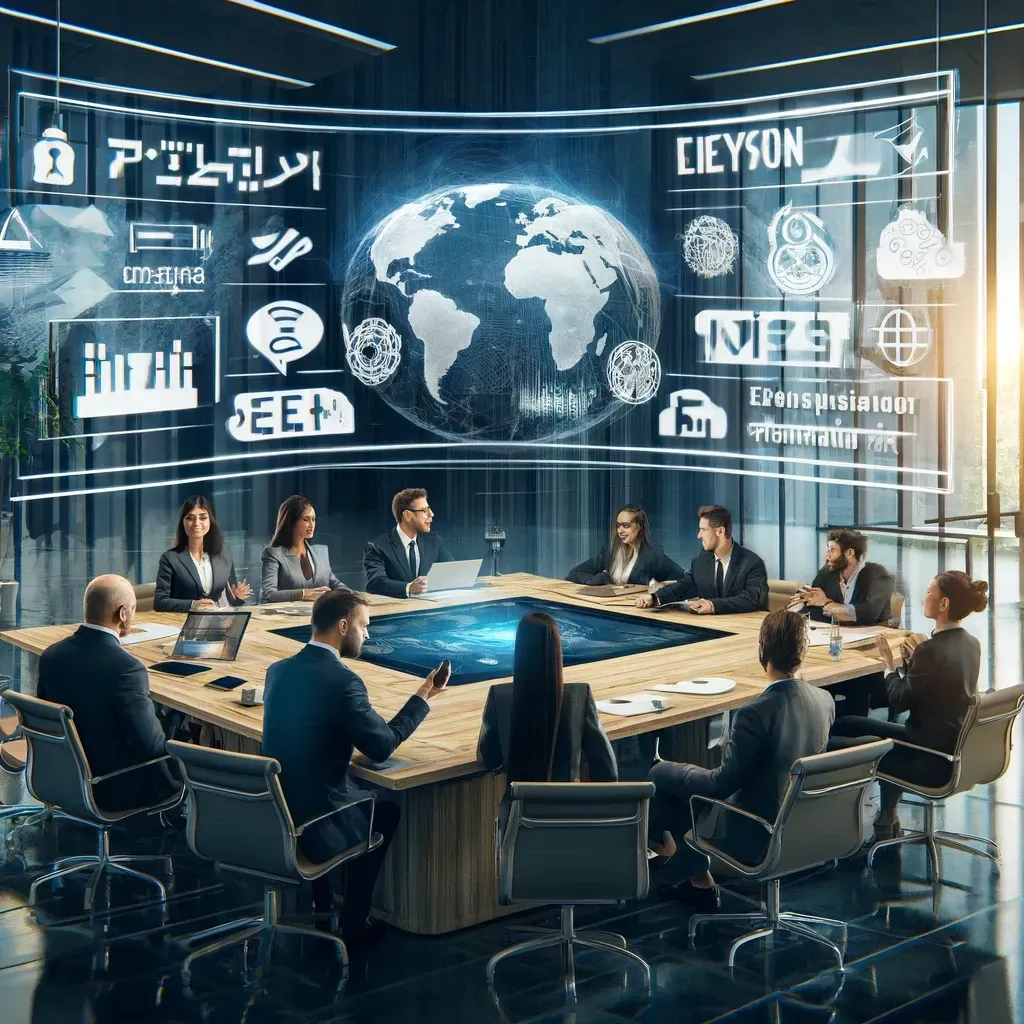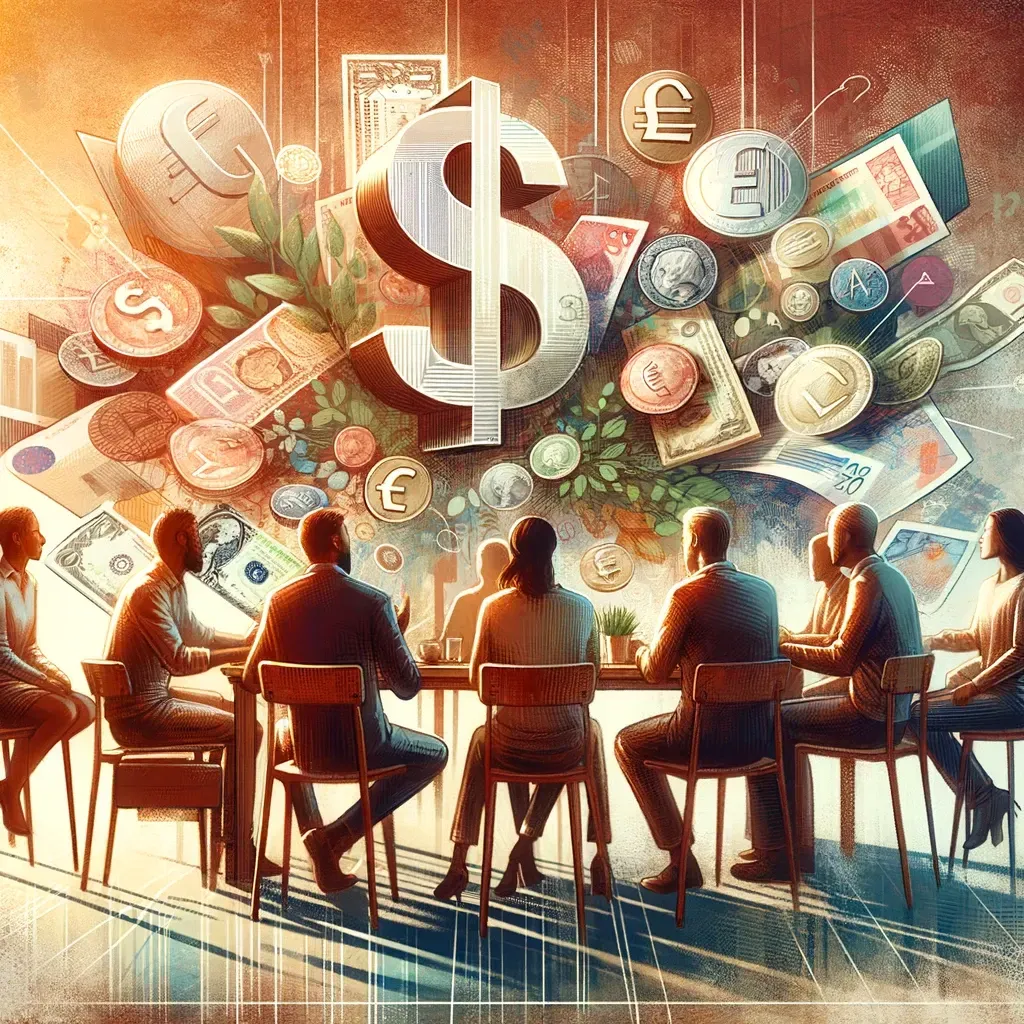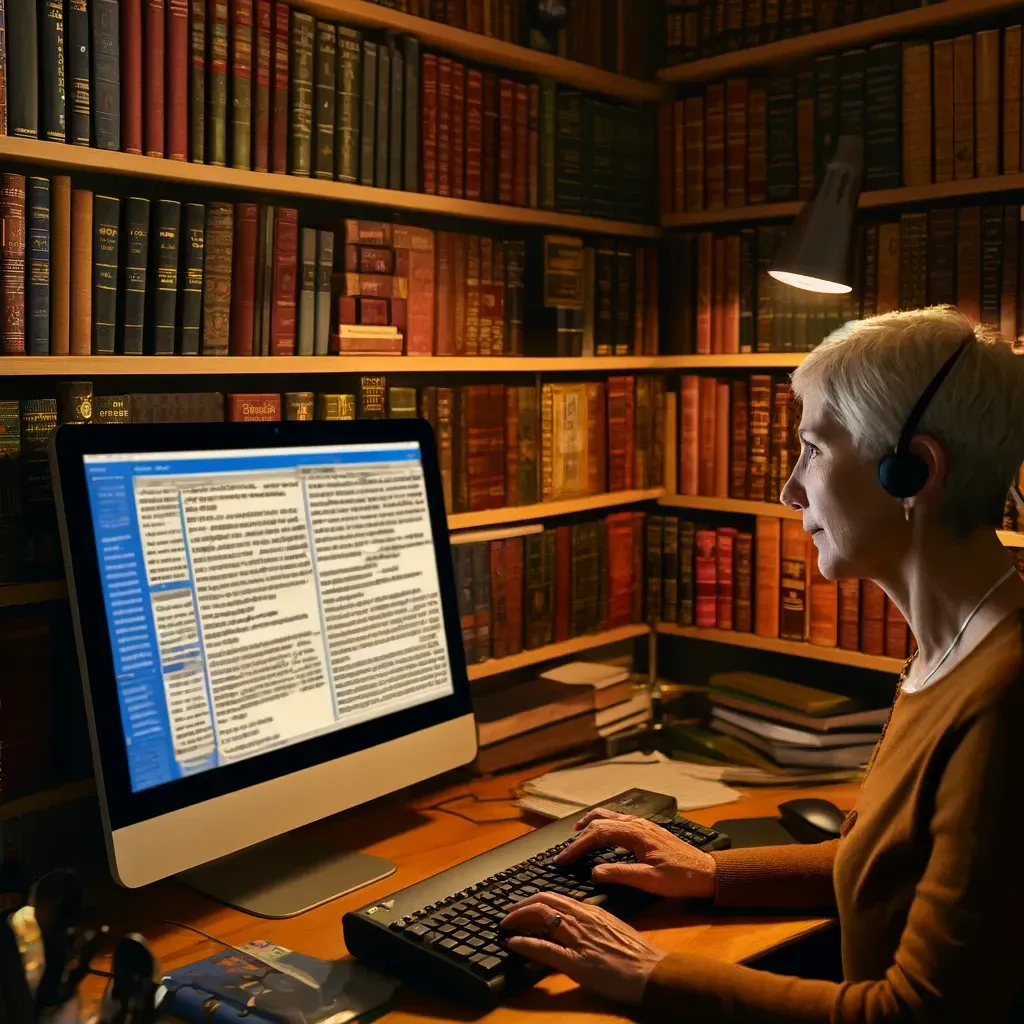The impact of technology on modern translation services
In the ever-globalizing world, the demand for accurate and efficient translation services has never been higher. Technology, particularly advancements in artificial intelligence (AI) and machine learning, is revolutionizing how we approach translation, making it faster, more precise, and accessible to all. In this blog post, we will explore the latest advancements in translation technology, including the role of AI and machine learning, and how these tools are transforming the landscape of modern translation services. Additionally, we will showcase how Brightlingua utilizes cutting-edge technology to deliver unparalleled translation quality.
The Evolution of Translation Technology
Translation technology has come a long way from the days of manual dictionary look-ups and human translators poring over texts. The advent of computer-assisted translation (CAT) tools marked a significant milestone, allowing translators to work more efficiently by providing translation memory and terminology databases. However, the real game-changer has been the integration of AI and machine learning into translation processes.
AI and Machine Learning in Translation
Artificial intelligence and machine learning have significantly impacted the field of translation by introducing neural machine translation (NMT). Unlike traditional statistical machine translation (SMT), which relies on predefined rules and data patterns, NMT uses deep learning techniques to understand and translate text in a more human-like manner. This approach allows for a more nuanced and context-aware translation, significantly improving accuracy.
Benefits of AI-Powered Translation Tools
- Enhanced Accuracy: AI-powered translation tools can process and understand the context of words and phrases, reducing the likelihood of errors and mistranslations. This is particularly important for languages with complex grammar and syntax.
- Increased Efficiency: Machine translation systems can handle large volumes of text quickly, making them invaluable for projects with tight deadlines. This efficiency does not compromise quality, as the AI continually learns and improves from feedback and new data.
- Cost-Effectiveness: By automating repetitive and time-consuming tasks, AI-powered tools reduce the overall cost of translation projects. This allows translation service providers to offer competitive pricing without sacrificing quality.
- Consistency: AI tools maintain consistency in terminology and style across large projects, ensuring that translated documents are uniform and professional.
Brightlingua's Cutting-Edge Translation Technology
At Brightlingua, we embrace the latest advancements in translation technology to provide our clients with top-tier translation services. Our approach combines the power of AI with the expertise of human translators to deliver accurate and culturally sensitive translations.
Our Technology Stack
- Neural Machine Translation (NMT): We utilize state-of-the-art NMT systems to ensure that our translations are contextually accurate and natural-sounding. These systems are continuously updated with new data to enhance their performance.
- Translation Memory (TM): Our CAT tools incorporate advanced translation memory features that store previously translated segments. This not only speeds up the translation process but also ensures consistency across similar projects.
- Terminology Management: We maintain comprehensive terminology databases that are tailored to specific industries. This ensures that our translations are not only accurate but also adhere to industry-specific jargon and standards.
- Quality Assurance Tools: Our technology includes robust quality assurance tools that automatically check for errors in grammar, punctuation, and style. This helps us deliver flawless translations every time.
The Human Touch
While technology plays a crucial role in our translation process, we understand the importance of the human touch. Our team of professional translators and linguists brings invaluable cultural and contextual knowledge to each project. They review and refine machine-generated translations to ensure that they meet the highest standards of quality and cultural appropriateness.
Case Study: Brightlingua in Action
To illustrate the impact of our technology, let's consider a recent project we completed for a multinational corporation. The client needed to translate a comprehensive technical manual into multiple languages within a tight deadline. By leveraging our AI-powered NMT system, we were able to quickly generate initial translations. Our human translators then reviewed and refined these translations, ensuring technical accuracy and cultural relevance. The result was a set of high-quality translations delivered on time and within budget, exceeding the client's expectations.
The Future of Translation Technology
The future of translation technology is bright, with ongoing advancements in AI and machine learning promising even greater accuracy and efficiency. At Brightlingua, we are committed to staying at the forefront of these developments, continuously integrating new technologies into our workflow to better serve our clients.
In conclusion, the role of technology in modern translation services cannot be overstated. AI and machine learning have revolutionized the field, offering unprecedented accuracy, efficiency, and cost-effectiveness. At Brightlingua, we harness these technologies to deliver top-quality translations that meet the diverse needs of our clients. As technology continues to evolve, so too will our capabilities, ensuring that we remain a leader in the translation industry.
Contact us for more information about our services and how we can assist with your translation needs.






